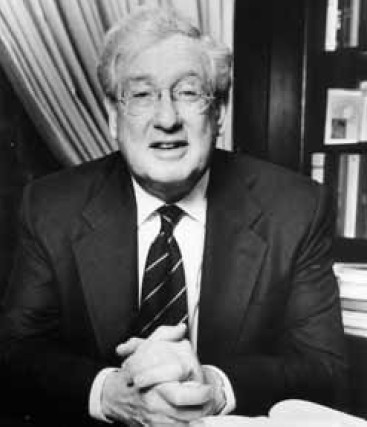Looking for a Way to Celebrate Lunar New Year?
New York, NY (February 08, 2021)
Just in time to ring in the Lunar New Year,viewers can explore An Unlikely Photojournalist: Emile Bocian in Chinatown, featuring a never-before-seen collection of images of Manhattan’s Chinatown in the 1970s and 80s.
Presented by the Museum of Chinese in America (MOCA) and the Center for Jewish History (CJH), the online exhibition allows viewers to visit the sites of celebrations, dance with lions and dragons as they meander through city streets, and see the joy captured on a child’s face from lighting and throwing fireworks. cjhexhibit.wixsite.com/bocian
Emile Bocian (1912-1990) was the child of Jewish immigrants who worked in Chinatown as a photojournalist for The China Post, a Chinese language daily.
“This exhibit provides a fascinating look into an under-documented period in Chinatown’s history. It is also a nostalgia trip for those of us who were alive at the time, and an eye-opening glimpse into the near past for those who weren’t, allowing a peek into NYC in the era of pay phones, hula hoops, mom and pop shops, and some interesting fashion choices," said Lauren Gilbert, Senior Manager for Public Services at CJH.
In 1972, the Pagoda Theater in Chinatown hired then-midtown press agent Bocian to run a publicity campaign for the U.S. premiere of the Bruce Lee film, Fist of Fury. This chance encounter began Bocian’s nearly two-decades-long relationship with the community that lasted for the remainder of his life.
Bocian was a self-proclaimed “expert on Chinatown.” Though he was an outsider and never learned Chinese, over his long residency and photo-journalistic career, Bocian and his camera became familiar fixtures on the streets of Chinatown. As a Polish Jew, he shared an immigrant’s status with his neighbors. This commonality made Bocian a fitting ambassador and bridge-builder between the two communities.
During his time in Chinatown, Bocian befriended Chinese American actress Mae Wong. She would rescue over 120,000 photographs, negatives, and contact sheets from his apartment after his death in 1990, donating them to MOCA in the mid-1990s.
The exhibition was originally scheduled to open at CJH in April 2020 and will be installed at a later date. The unique partnership between CJH and MOCA reaches beyond this shared exhibit. In 2019, the two organizations were jointly awarded a grant from the Council on Library and Information Resources for a three-year project to enable both museums to digitize and showcase understudied intersections of the Jewish and Chinese immigrant and refugee experience in NYC. It was out of this collaboration that the idea for this exhibition was born.
On January 23, 2020, a devastating fire consumed the Chinatown building housing MOCA’s archive, along with a host of other cultural and community organizations. The preliminary batch of Bocian’s photographs and artifacts chosen for this exhibition had been brought to CJH one week before the fire, sparing this small selection from potential ruin. More than 85,000 items were salvaged from the fire-torn building and are now undergoing conservation at an offsite location.
MOCA has found a new home for their archives and research center at 3 Howard Street, one block from the old location.
This exhibition has been made possible in part by The David Berg Foundation’s creation and support of The David Berg Rare Book Room, a major grant from the National Endowment for the Humanities: Exploring the Human Endeavor, public funds from the New York City Department of Cultural Affairs, and a Humanities New York CARES grant.




